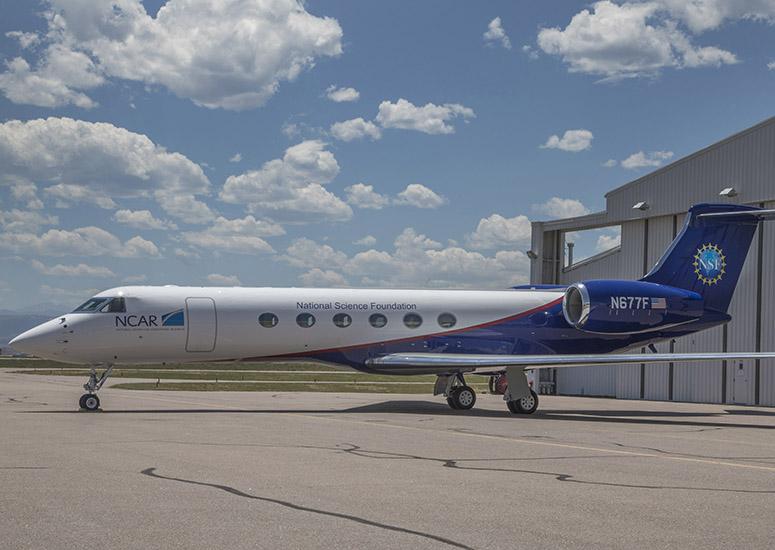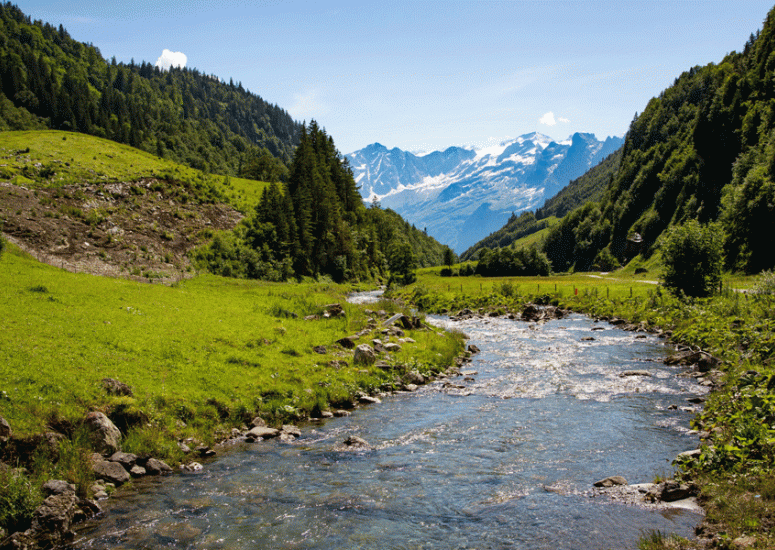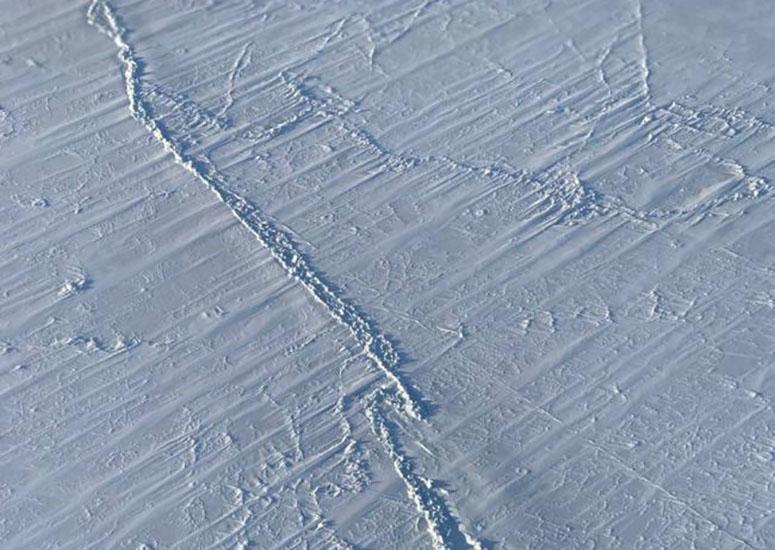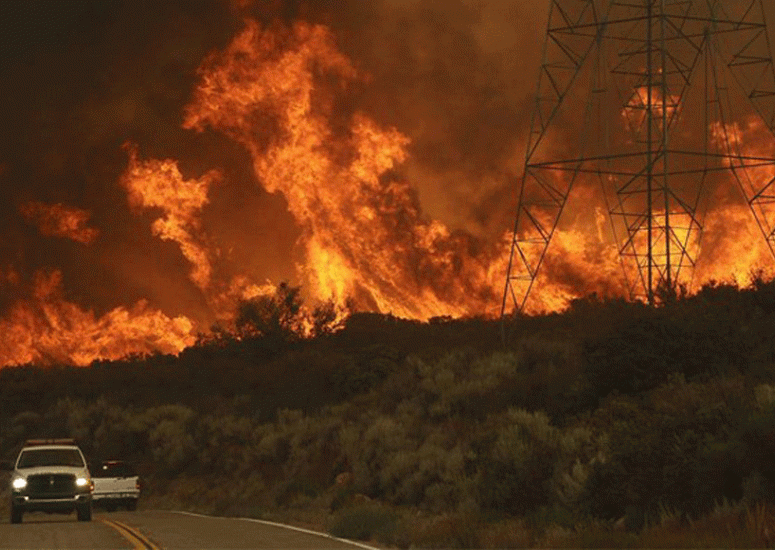-
Major project to bring together Indigenous knowledge-holders with university-trained scientists
Haskell Indian Nations University has received $20 million in funding from the U.S. National Science Foundation (NSF) to lead a new research hub where Indigenous knowledge-holders will work with university-trained scientists to address the impacts of a changing climate on their coastal communities. NCAR is a collaborator in the hub.
- Climate
-

Research aircraft to investigate monsoon-climate connections
The Asian Summer Monsoon Chemical and CLimate Impact Project (ACCLIP) will allow a team of international scientists to study how the Asian summer monsoon — one of the largest and most important meteorological patterns in the world — affects atmospheric chemistry and global climate.
- Air Quality,
- Climate
-

Water resources to become less predictable with climate change
Water resources will fluctuate increasingly and become more difficult to predict in snow-dominated regions across the Northern Hemisphere, new research shows.
- Climate,
- Water
-

New study focuses on the impact of nuclear war on the oceans
New research finds that nuclear war would devastate the ocean, causing a steep drop in water temperature, collapsing the marine food web, and spurring significant growth of Arctic sea ice.
- Climate
-

Scientists develop method for seasonal prediction of western wildfires
This summer’s western wildfire season is likely to be more severe than average but not as devastating as last year’s near-record, according to an experimental prediction method developed by NCAR scientists.
- Climate,
- Weather
